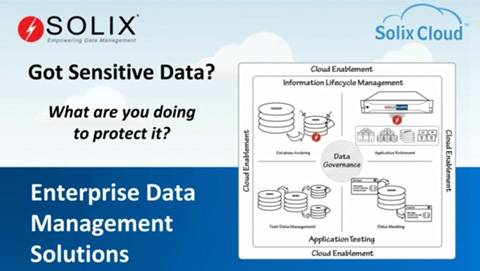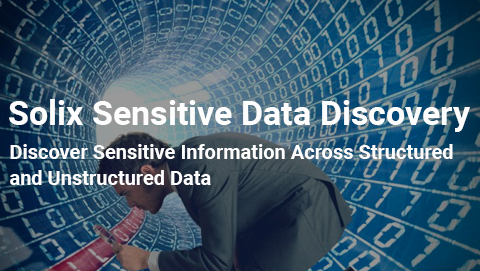Advanced Analytics
Advanced Analytics
Advanced analytics is the umbrella term for a range of sophisticated techniques used to uncover hidden insights, identify patterns, predict future outcomes, and generate data-driven recommendations. It goes beyond basic data analysis by utilizing complex statistical methods, machine learning, and other advanced tools to extract deeper meaning from large datasets.
Types of Advanced Analytics
Some widely used advanced analytics techniques include:
- Predictive Analytics:
Leverages historical data and statistical modeling to forecast future trends, customer behavior, and potential risks.
- Prescriptive Analytics:
Builds upon predictive analytics by recommending specific actions based on predicted outcomes. This allows businesses to take proactive steps and optimize decision-making.
- Diagnostic Analytics:
Delves deeper into past data to understand the root causes of events and performance issues. It helps identify what factors are driving specific outcomes.
- Text Mining:
Analyzes unstructured text data like social media posts, emails, and surveys to extract sentiment, keywords, and hidden topics.
- Network Analysis:
Examines relationships and connections within data sets to identify patterns and understand complex systems. This is often used in social network analysis and fraud detection.
Advanced Analytics Use Cases
Advanced analytics has a wide range of applications across various industries. Here are some examples:
- Customer churn prediction:
Identifying customers at risk of leaving and taking steps to retain them.
- Fraud detection:
Analyzing transactions to identify and prevent fraudulent activity.
- Targeted marketing:
Personalizing marketing campaigns based on customer preferences and behavior.
- Product development:
Predicting customer needs and developing products that cater to those needs.
- Risk management:
Assessing financial risks and developing strategies to mitigate them.
- Inventory optimization:
Predicting demand and optimizing inventory levels to avoid stockouts and overstocking.
Technologies Used in Advanced Analytics
Advanced Analytics uses a suite of modern techniques and tools to derive insights. They include:
- Machine Learning:
Algorithms that learn from data and improve their performance over time, enabling tasks like classification, prediction, and anomaly detection.
- Artificial Intelligence (AI):
A broader field encompassing machine learning, that allows computers to mimic human cognitive functions for tasks like natural language processing and image recognition.
- Data Mining:
Techniques used to extract hidden patterns and insights from large datasets.
- Big Data Technologies:
Tools designed to handle and process massive datasets efficiently.
- Statistical Modeling:
Advanced statistical techniques used to create predictive models and understand complex relationships within data.
Key Considerations for Advanced Analytics
To oversee a successful advanced analytics project, there are some key considerations to sure of. They include:
- Data Quality:
Advanced analytics relies heavily on high-quality data. Ensuring data accuracy, consistency, and completeness is crucial for reliable results.
- Data Security:
Implementing robust security measures is essential to protect sensitive data used in advanced analytics.
- Model Explainability:
It’s important to understand the reasoning behind an advanced analytics model’s predictions to ensure transparency and trust in the results.
- Human Expertise:
While advanced analytics tools are powerful, human expertise is still crucial for interpreting results, making decisions, and building effective models.
- Ethical Considerations:
Advanced analytics can raise ethical concerns around bias and privacy. It’s essential to use these techniques responsibly and transparently.
By understanding these concepts and considerations, businesses can leverage advanced analytics to gain a competitive edge, make data-driven decisions, and unlock the true power of their data.
FAQs
Is advanced analytics too complex for my business?
Advanced analytics can be tailored to businesses of all sizes. There are various tools and techniques available, some with a lower barrier to entry than others. Starting with a well-defined business problem and focusing on a specific use case can help you get started without getting overwhelmed.
What kind of data do I need for advanced analytics?
The specific data requirements will vary depending on your chosen technique and business goals. However, generally, you’ll need historical data relevant to the problem you’re trying to solve. This could include customer data, sales data, financial data, or operational data.
Do I need data scientists to use advanced analytics?
While data scientists can be valuable for complex projects, there are many user-friendly advanced analytics tools available. These tools often come with pre-built models and require minimal coding knowledge. Businesses can also leverage data analysts or data engineers to bridge the gap and implement advanced analytics solutions.
How long does it take to see results from advanced analytics?
The timeframe for seeing results can vary depending on the complexity of your project and the quality of your data. However, some advanced analytics techniques can deliver insights relatively quickly, especially for well-defined problems.
How much does it cost to implement advanced analytics?
The cost of advanced analytics can range from affordable cloud-based solutions to more expensive custom-built solutions. The cost will depend on the specific tools you choose, the complexity of your project, and any required human expertise. There are also open-source options available that can further reduce costs.





